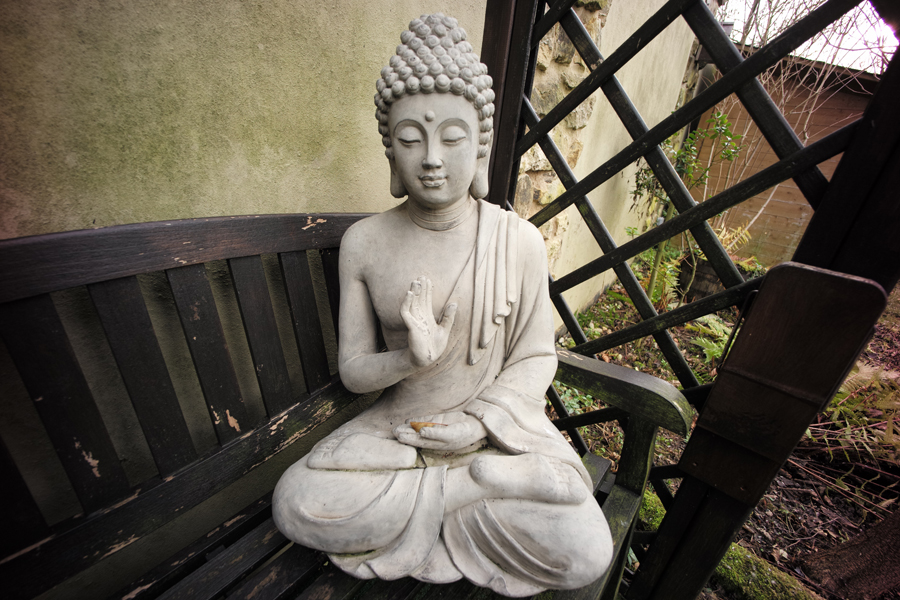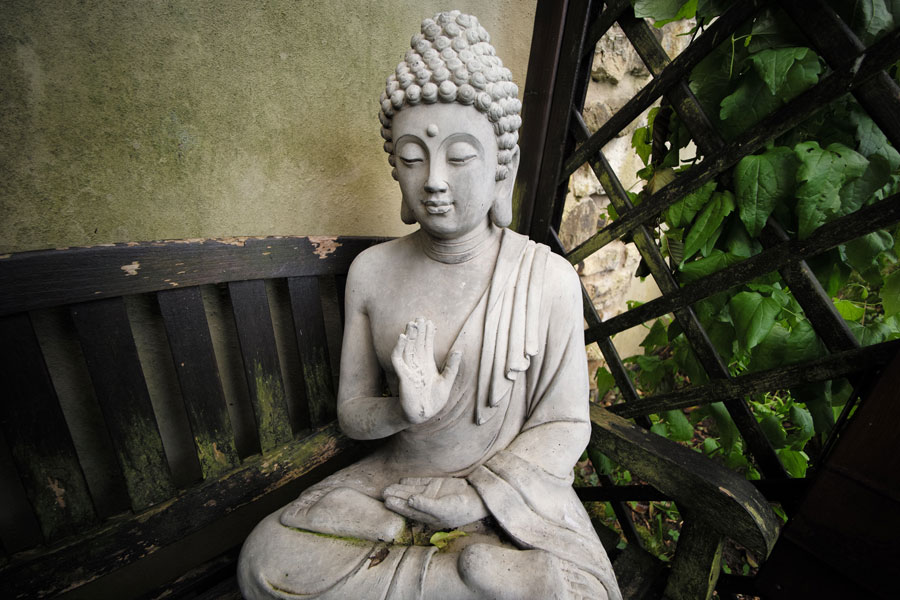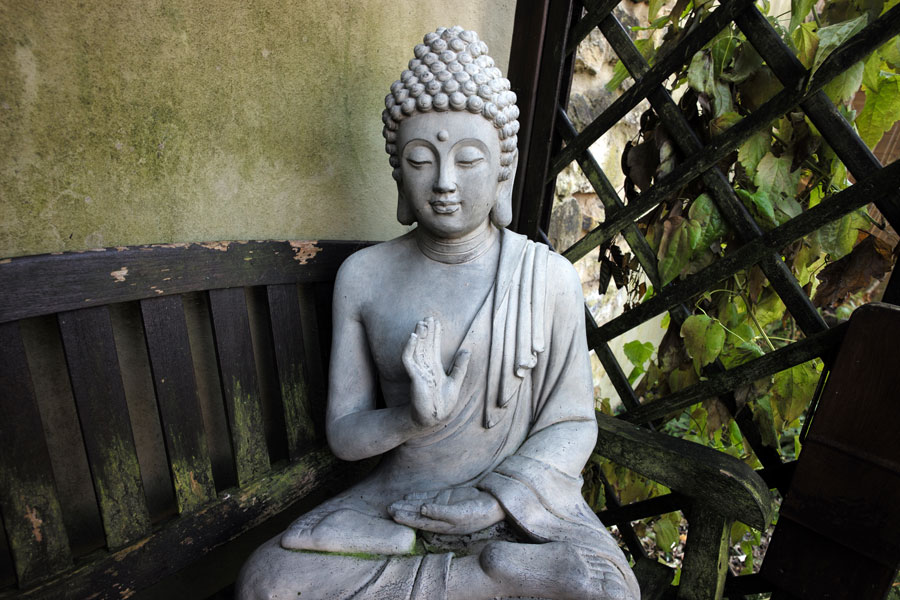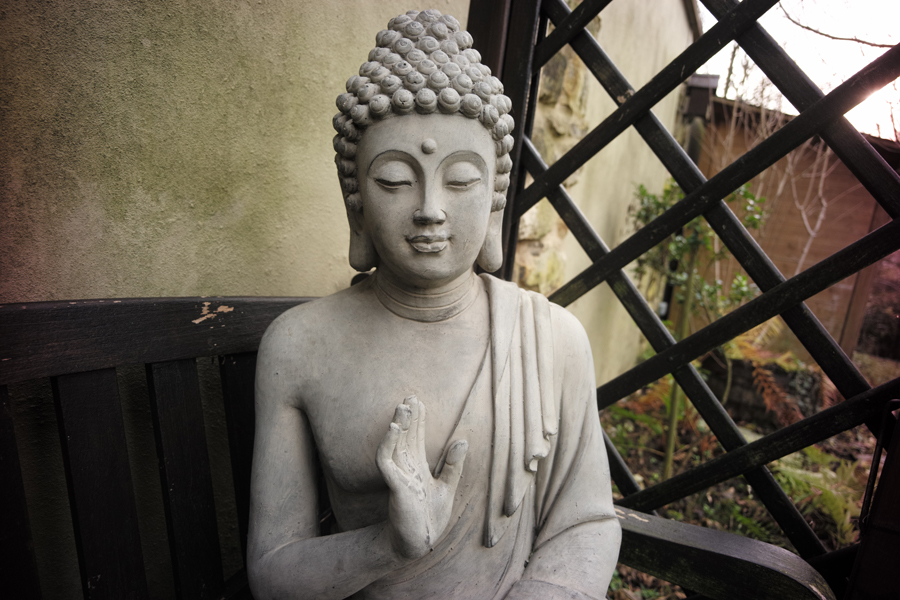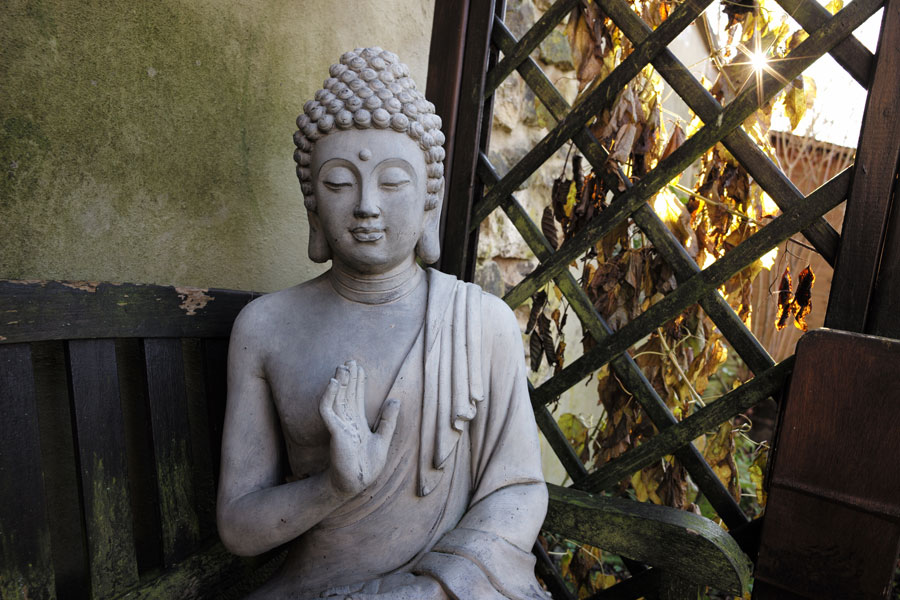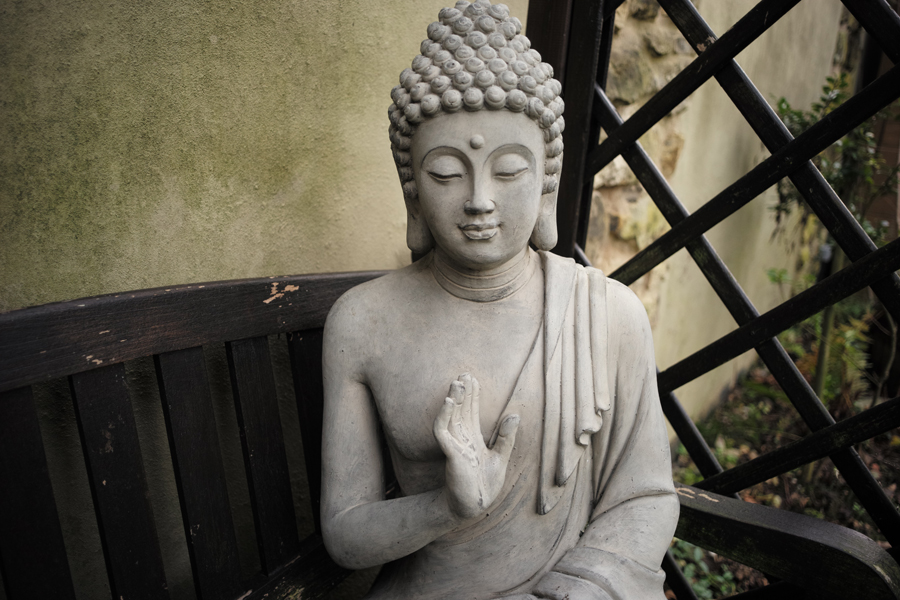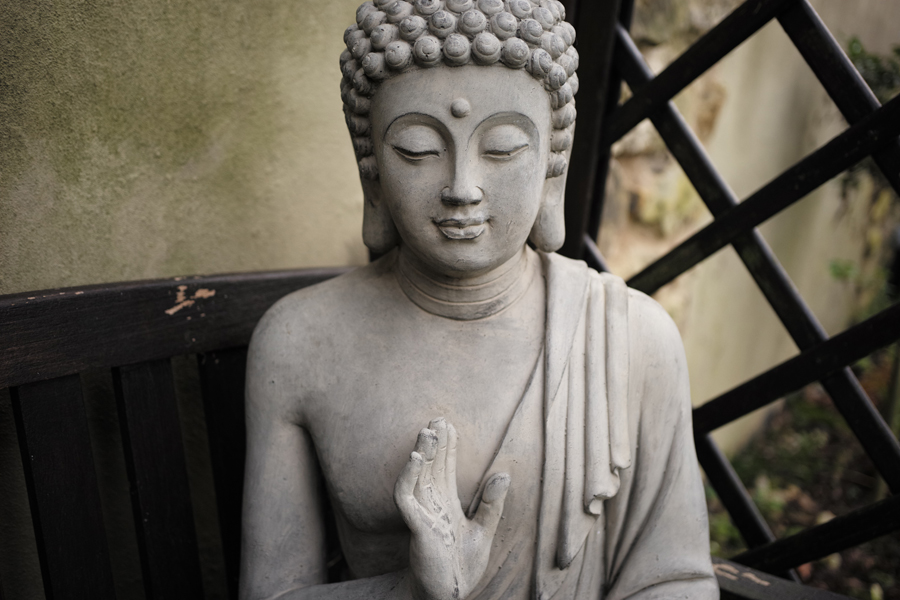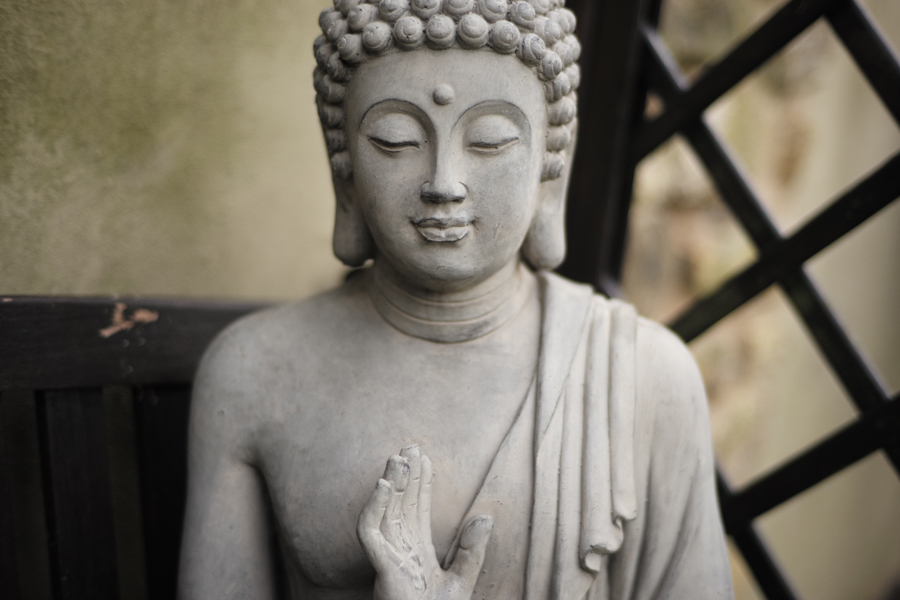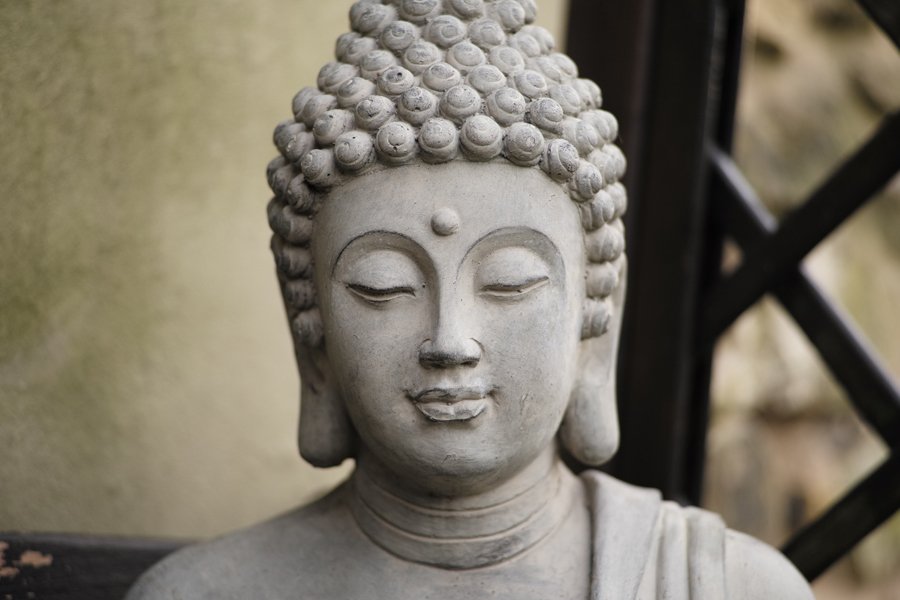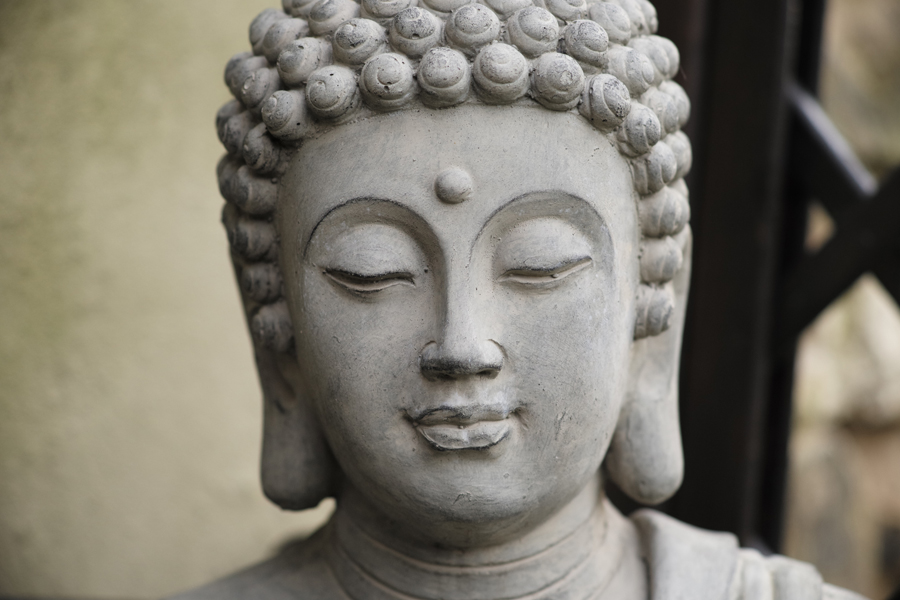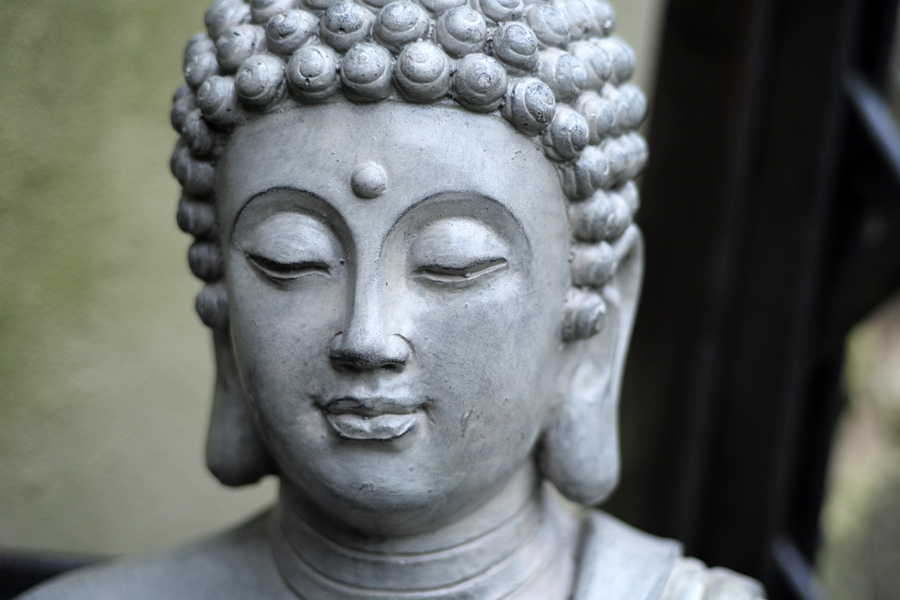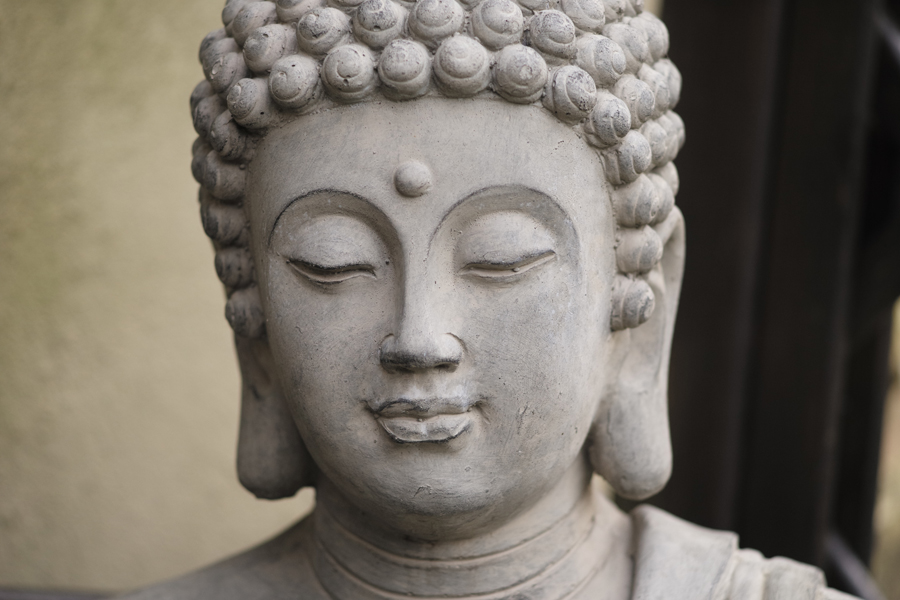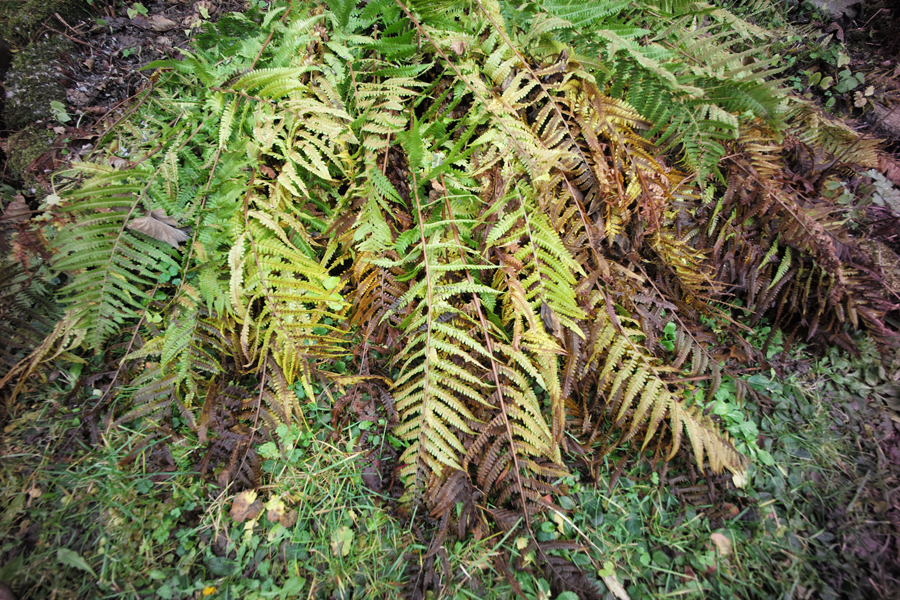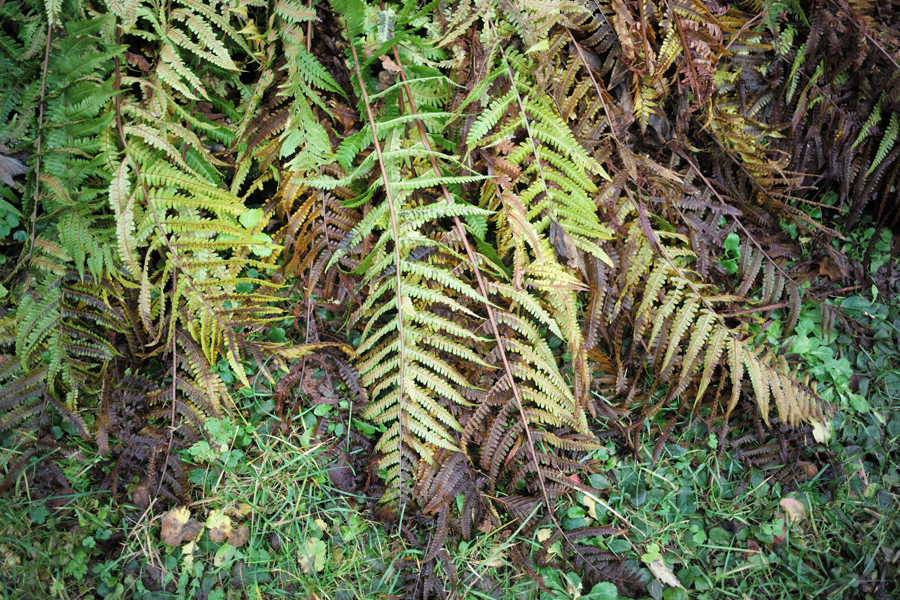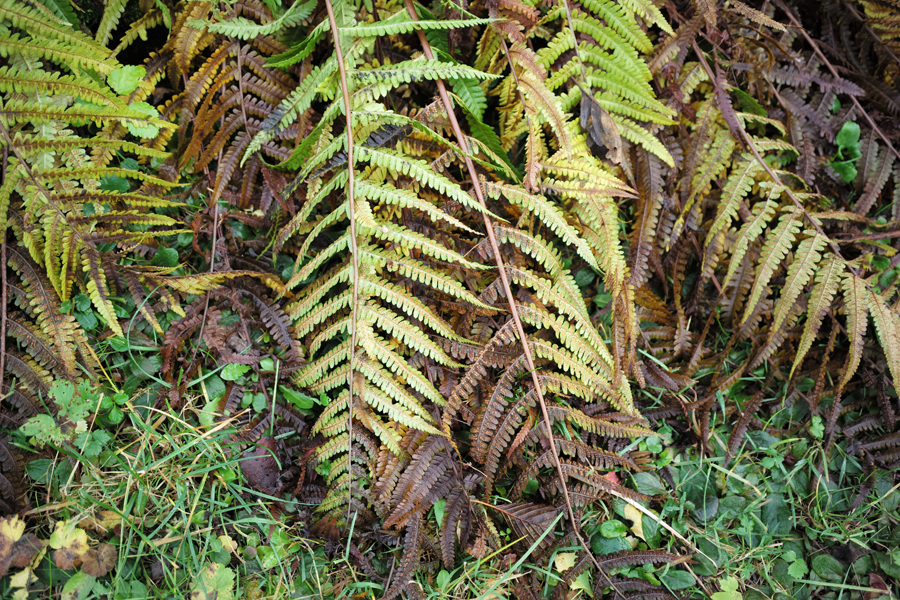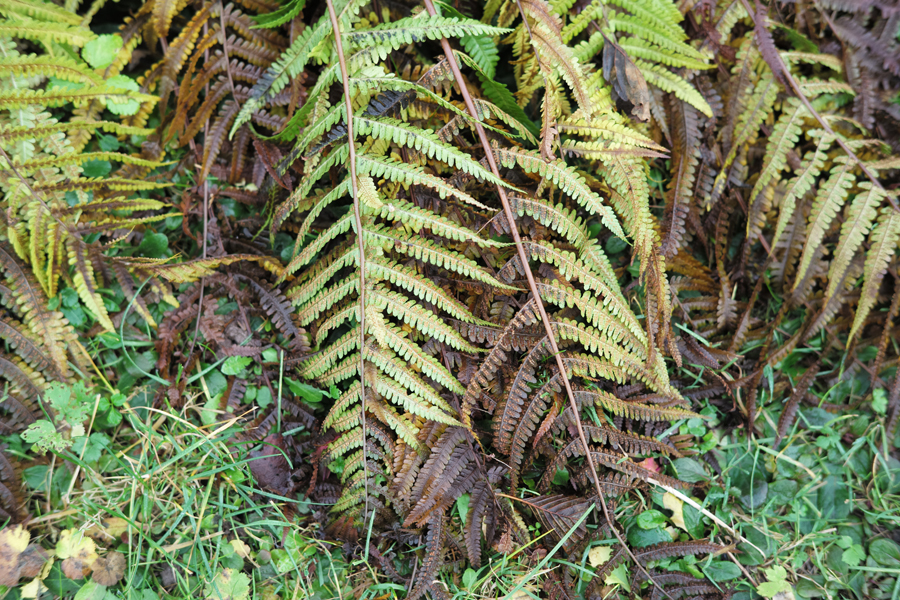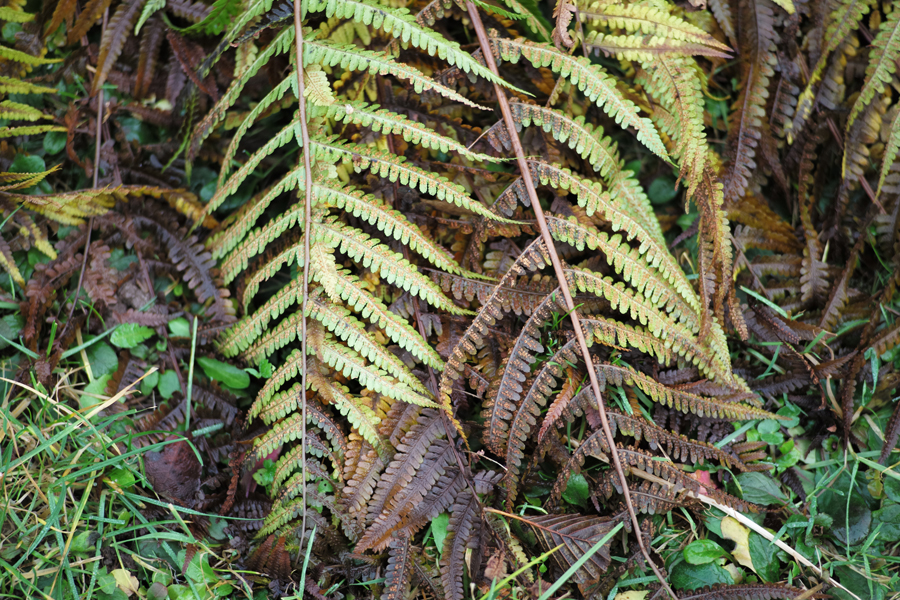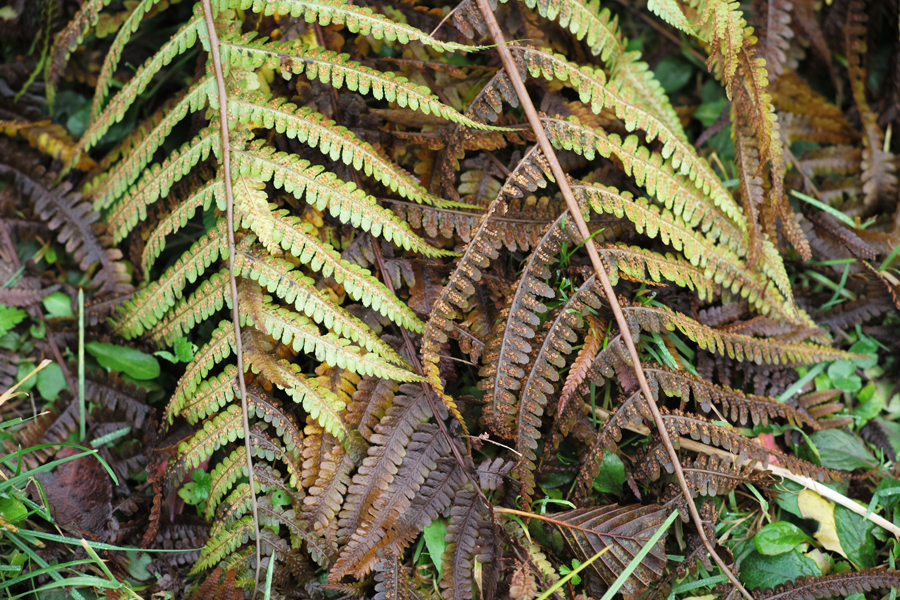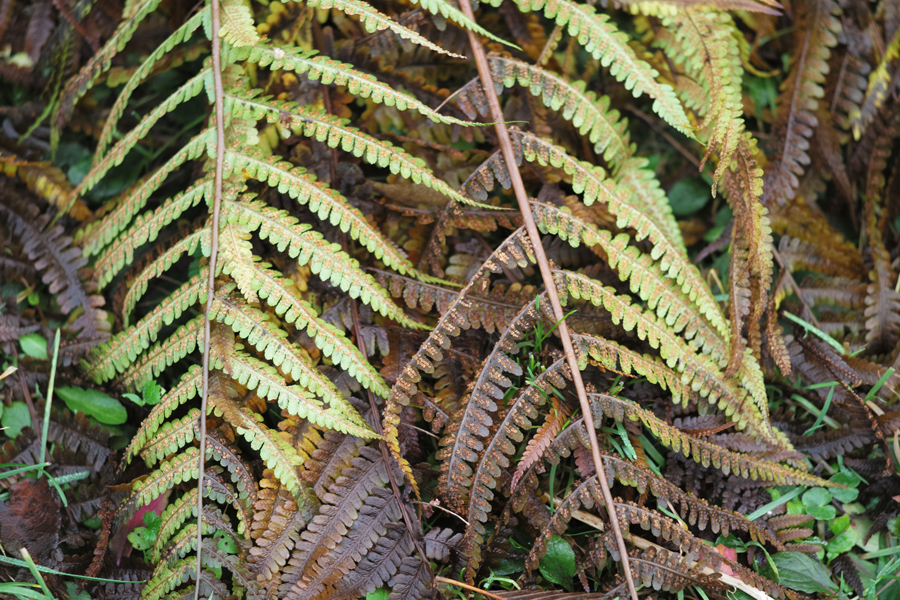Leica M (Typ 240): Close-Up Behavior of My M-Mount Lenses
Overview of Lens Data Relevant to Close-Up Behavior | Measuring the Smallest Object Width | Comparison Photos
Archive
Since I like to take close-up photos of flowers and other motives, I tried to answer the question, which of my M-mount lenses can be used for this purpose (the shortest distance values of the lenses suggest that I cannot use any of them...). Therefore, I calculated the maximum magnification and minimum object size/width of my lenses. I also took comparison photos at the shortest possible distance for most of my lenses.
Note: The formulae used for the calculations in the table below can be found on page Calculating Minimum Object Size and Magnification. For close-up photography with tools (lenses, tubes, bellows), see pages Close-Up Experiences - Part 1: Overview ff.
Overview of Lens Data Relevant to Close-Up Behavior
The following data refer to full-frame format only:
| Lens | Mount | Focal Length | Angle of View | Min Distance | Smallest Object
Size/Width Magnification |
||
| Technical Data | Calculated* | From Photo** | |||||
| Voigtländer Super Wide Heliar | M bayonet | 15 mm | 110° diagonal | 0.5 m | n.a. | 1106 x 737 mm 1:31 |
1388 mm 1:39 |
| Voigtländer Super Wide Heliar III | M bayonet | 15 mm | 110° diagonal | 0.5 m | n.a. | 1106 x 737 mm 1:31 |
n.a. |
| Leica Elmarit-M | M bayonet | 21.3 mm | 92° diagonal | 0.7 m | 1.044 mm x 696 mm 1:29 (Leica) |
1123 x 749 mm 1:31 |
1050 mm 1:29.3 |
| Zeiss Biogon T* C | M bayonet | 21 mm | 90° diagonal | 0.5 m | n.a. | 775 x 516 mm 1:21.6 |
720 mm 1:20.1 |
| Leica Elmar-M | M bayonet | 24.5 mm | 84° diagonal | 0.7 m | 922 mm x 615 mm 1:25.6 (Leica) |
976 mm x 651 mm 1:27.1 |
920 mm 1:25.7 |
| Voigtländer Snapshot-Skopar | M39 | 25 mm | 82° diagonal | 0.7 m | n.a. | 934 x 628 mm 1:26 |
953 mm 1:26.6 |
| Minolta M-Rokkor | M bayonet | 28 mm | 75° diagonal | 0.8 m | n.a. | 951 x 634 mm 1:26.6 |
829 mm 1:23.2 |
| Novoflex Noflexar | M42 | 35 mm | 63° diagonal | 0.4 m (0.3 m) | n.a. | n.a. | 265 mm 1:7.4 |
| Zeiss Biogon T* C | M bayonet | 35 mm | 62° diagonal | 0.7 m | n.a. | 652 x 434 mm 1:18.2 |
587 mm 1:16.4 |
| Zeiss Sonnar T* C | M bayonet | 50 mm | 46° diagonal | 0.9 | n.a. | 592 x 395 mm 1:16.5 |
541 mm 1:15.1 |
| Voigtländer Color Heliar | M39 | 75 mm | 32° diagonal | 1.0 m | n.a. | 444 x 296 mm 1:12.4 |
391 mm 1:10.9 |
| Leitz Hektor (slide projector lens) | M39 | 85 mm | n.a. (ca. 30° diagonal) | ca. 0.45 m | n.a. | 187 x 125 mm 1:5.2 |
164 mm 1:4.6 |
| Leitz Elmar-C | M bayonet | 90 mm | 27° diagonal | 1.0 m | n.a. | 372 x 248 mm 1:10.4 |
300 mm 1:8.4 |
| Leitz Tele-Elmarit-M | M bayonet | 90 mm | 27° diagonal | 1.0 m | 1:9 (Ken Rockwell) | 372 x 248 mm 1:10.4 |
300 mm 1:8.4 |
| Leitz Tele-Elmar | M bayonet | 135 mm | 18° diagonal | 1.5 m | 330 x 220 mm 1:9.2 (Leitz) |
368 x 245 mm 1:10.3 |
297 mm 1:8.3 |
*) Adapted to the Leica M's sensor width of 35.8 mm (instead of 36 mm), calculated
for 35.8 mm according to a simple formula on
the basis of angle of view (technical data) and shortest distance (technical
data)
**) Adapted to the Leica M's sensor width of 35.8 mm (instead of 36 mm), object
widths taken from test photos
***) From technical data
italic: No longer in my possession
Note: The formulae used for the calculations in the table (rightmost column, column "Calculated") can be found on page Calculating Minimum Object Size and Magnification. Below I describe how I derived the values from photos.
Conclusions
Please note that the exact magnification values should not be taken too seriously. But I think that the "overall direction" of this exercise is valid.
Most of the "photo" magnifications are greater than the calculated ones, perhaps because you can often turn the distance ring a little bit farther than the "official" near limit. The low "photo" value for the Voigtländer Super Wide Heliar 15mm f/4.5 may be explained by the fact that it is hard to focus super wide lenses manually.
All in all*, the Leitz lenses, the Elmar-C 90mm f/4, the Tele-Elmarit 90mm
f/2.8, and the Tele-Elmar 135mm f/4, deliver the best close-up performance
when used without any tools (close-up lenses, tubes, bellows). The Voigtländer
Color Heliar 75mm f/2.5 comes next. Thus, there seems to exist a simple rule:
the longer the focal length, the better. All in all, the achievable magnifications
of these rangefinder lenses are not impressing.
*) Not considering the special
Novoflex macro lens
A special case is the "fun lens" Leitz Hektor 85mm f/2.5, actually a slide projector lens, that can be adapted to the Leica M. This lens can focus much closer than typical rangefinder lenses. Another one is the Novoflex Noflexar 35mm f/3.5, which is a dedicated macro lens. The data shown here refer to its use as a "normal" lens.
Measuring the Smallest Object Width
Note: This section does not include the Voigtländer Super Wide Heliar 15mm f/4.5 III (it should be comparable with the type II version).
In the table above, I calculated the smallest object size (which includes the width...) using a simple geometric model (see page Calculating Minimum Object Size and Magnification for details).
Since I wanted to know how this compares with estimations derived from actual photos, I also took photos of a folding rule to determine the smallest object width achievable with the different lenses. The image width as shown by the rule can be used to calculate the magnification according to the formula from dkpeterborough (l-camera-forum):
- Sensor width / object width* = 35.8 [mm] / object width* [mm] for the Leica M (Type 240) full format sensor.
*) Object width is, in this case, image width as indicated by the rule.
There are a number of difficulties involved in the comparison of the values derived by the two methods and in this procedure:
- The actual minimum distance may differ from the one listed in the lens' technical data.
- The exact minimum distance is hard to determine, particularly, for wide
angle lenses, because even with screen magnification the point of optimal
sharpness is hard to recognize in the viewfinder using live view.
(I set the lens to the minimum distance and moved the camera until the image in the viewfinder appeared sharpest).
Therefore, I was prepared to find considerable differences between calculated values and values determined using the photos, which I also added to the table above. And indeed, this is the case, sometimes more, and sometimes less...
Test Photos
The following test photos were used in estimating the minimum object width.
Voigtländer Super Wide Heliar 15mm f/4.5
w = 1388 mm; magnification = 35.8/1388 = 1:39 (1:40)
Zeiss Biogon T* C 21mm f/4.5
w = 720 mm; magnification = 35.8/720 = 1:20.1 (1:20)
Leica Elmarit-M 21mm f/2.8
w = 1050 mm; magnification = 35.8/1050 = 1:29.3 (1:30)
Leica Elmar-M 24mm f/3.8
w = 910 mm; magnification = 35.8/910 = 1:25.4 (1:25)
w = 931 mm; magnification = 35.8/931 = 1:26.0 (1:26)
Mean value: w = 920 mm; magnification = 35.8/920 = 1:25.7 (1:25)
Voigtländer Snapshot-Skopar 25mm f/4
w = 953 mm; magnification = 35.8/953 = 1:26.6 (1:27)
Minolta M-Rokkor 28mm f/2.8
w = 829 mm; magnification = 35.8/829 = 1:23.2 (1:23)
Zeiss Biogon T* C 35mm f/2.8
w=587 mm; magnification = 35.8/587 = 1:16.4 (1:16)
Zeiss Sonnar T* C 50mm f/1.5
w = 541 mm; magnification = 35.8/541 = 1:15.1 (1:15)
Voigtländer Color Heliar 75mm f/2.5

w=391 mm; magnification = 35.8/391 = 1:10.9 (1:11)
Leitz Elmar-C 90mm f/4

w = 300 mm; magnification = 35.8/300 = 1:8.4 (1:8.5)
Leitz Tele-Elmarit-M 90mm f/2.8

w = 300 mm; magnification = 35.8/300 = 1:8.4 (1:8.5)
Leitz Tele-Elmar 135mm f/4

w = 297 mm; magnification = 35.8/297 = 1:8.3 (1:8.5)
Comparison Photos
Here are comparison photos taken with my M-mount lenses where I tried to photograph scenes at the shortest possible distance (and in most cases at the maximum aperture).
Scene 1
Scene 2
This scene does not include the newer lenses because the photo cannot be replicated...
Conclusions
As a rule of thumb, the test photos reveal that the shorter the focal length of the lens from my collection, the less the lens is suited to close-up shots. This is reflected in the magnification values shown in the table above. Somewhat disappointing in this respect are the Minolta M-Rokkor 28mm f/2.8 and the Voigtländer Snapshot-Skopar 25mm f/4, which are topped by the Zeiss Biogon 21mm f/4.5. The Voigtländer Color Heliar 75mm f/2.5 is better at close-up shots than all the wider lenses - it comes in fourth - but it cannot compete with the three Leitz tele lenses (1:10), although it is not too far away from them (1:12).
The three Leitz lenses are suited to close-up shots best, although a magnification of about 1:10 is also not impressing. Their technical values are more or less identical, but due to their different focal lengths (90 mm and 135 mm), they differ with respect to perspective and thus background blurring (or bookeh). While the Elmar-C and the Tele-Elmarit-M are more handy (lighter, smaller), the Tele-Elmar provides a better separation of the foreground object from the background (lower depth of field), at least in comparison with the Elmar-C. The Tele-Elmarit-M might be comparable because of its larger maximum aperture of f/2.8.
All in all, each of the three Leitz tele lenses is suited to "moderate" close-up photography without any additional tools such as close-up lenses, extension tubes, or extension bellows. For close-up photography with tools, see pages Close-Up Experiences - Part 1: Overview ff.
| 04.07.2024 |









